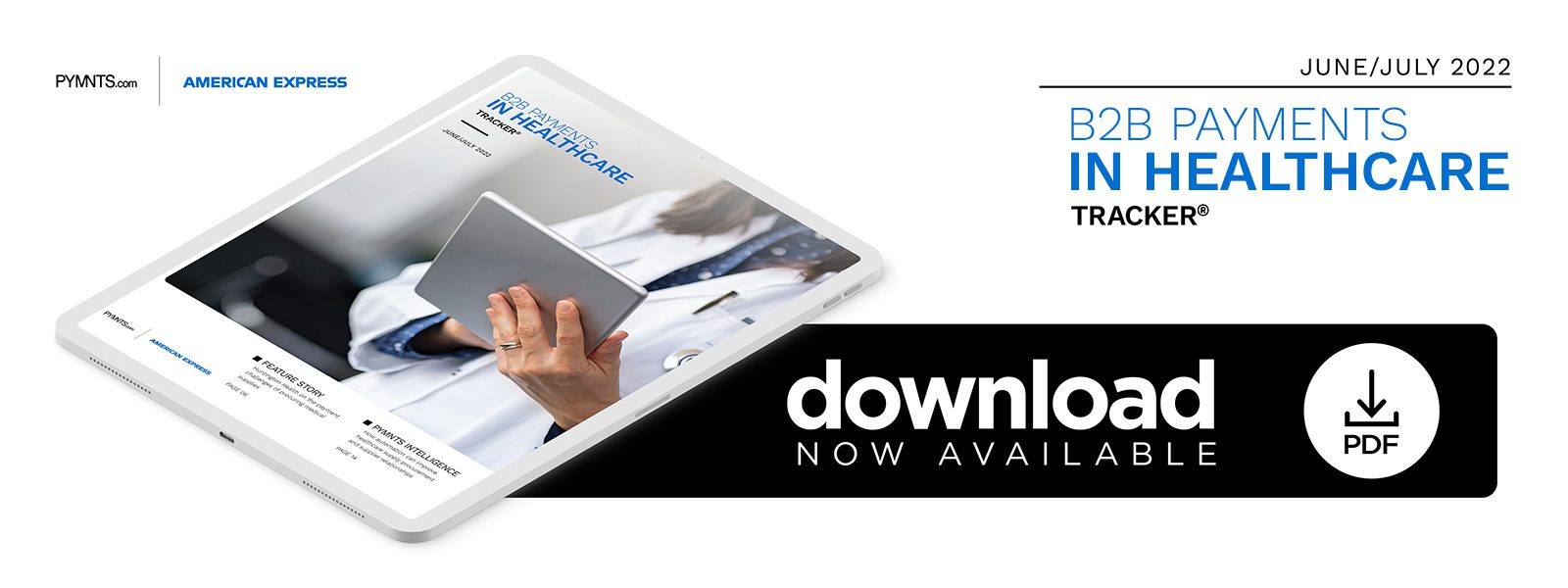Smoothing Healthcare Payment, Procurement Challenges With Medical Supplies

Huntington Health’s Steven Mohr tells PYMNTS in the latest edition of the “B2B Payments In Healthcare Tracker®” how faster, more efficient procurement of lifesaving medical supplies is happening at a time of tight supplies and other recently exposed systemic weaknesses that emerged from the pandemic.
By nature of what they do, and because it is a legal requirement for government reimbursement programs such as Medicare, hospitals must be prepared for anything — whether it be a mass casualty event, a natural disaster or an infectious disease outbreak.
The pandemic brought an unprecedented surge of patients into hospitals around the world as well as the supplies needed to treat them, exposing weaknesses in supply chains and the methods by which medical facilities pay for those supplies.
“We buy about $100 million of supplies and equipment annually, everything down to the Band-Aids,” said Steven Mohr, chief financial officer of Huntington Health in Pasadena, California. “When the pandemic started, you had this mad rush for types of equipment that you would not have normally seen.”
Hospitals generally rely on one another as well as trusted medical supply vendors and even government stockpiles to stay stocked, but when patient surges led to shortages in N95 masks and ventilators, they had to turn to other sources — in many cases in foreign countries.
Paying for those supplies was a challenge, as many hospitals had to ensure that cross-border payment mechanisms were in place to pay for supplies that were fetching a premium from the highest bidder. Smaller hospitals such as Huntington, which is affiliated with the Cedars-Sinai Health System in California, are generally able to rely on more advanced procurement and payment systems. Even so, some hospital officials found themselves on the docks of Long Beach more than 30 miles away, waiting with cash in hand to buy supplies that were marked up more than eight times the normal price from ships arriving from far away.
“One of the challenges at the state level was [that] a lot of that inventory was actually out-of-date and in some cases unusable,” Mohr told PYMNTS in a recent interview. “It was a unique day-to-day scenario [of] hoping for what comes in on the docks [and] that you’re ready to write a check or to quickly wire the money.”
Slow Adoption of Technology
Healthcare as an industry has been slow to adopt nonmedical technologies that help speed efficiency in payments and procurement, Mohr said, resulting in the need for manual processes for invoicing, shipping and accounts payable.
Slowly, that is changing as hospitals begin to see benefits from the use of enterprise resource planning (ERP) solutions and how they can help streamline different processes and lead to overall organizational efficiency. Oracle, he said, is one of the leading platforms that hospitals are employing to connect clinical, operational and financial data systems. Still, it takes time to implement new technologies in large healthcare organizations, and he said Huntington is about three years away from full adoption.
The healthcare industry is also dealing with staff shortages across many different disciplines, and Mohr said Huntington is working on adopting artificial intelligence and robotics technology that can help reduce the need for human effort. He foresees a time when direct payments to suppliers overseas can be made by machines that can instantly account for supply chain delays — as was the case with Chinese vendors that were affected by recent shutdowns — and search for alternative vendors.
By keeping ahead of delays and using preauthorized payment methods such as virtual cards, machines can ensure a steady stream of supplies and pay for them in the local currency. This can also eliminate a situation in which hospitals are forced to buy from vendors of questionable reputation who take advantage of increased demand to boost prices.

